MONTY PYTHON’S FLYING CIRCUS – Complete Series 4 (Fully Restored in HD)
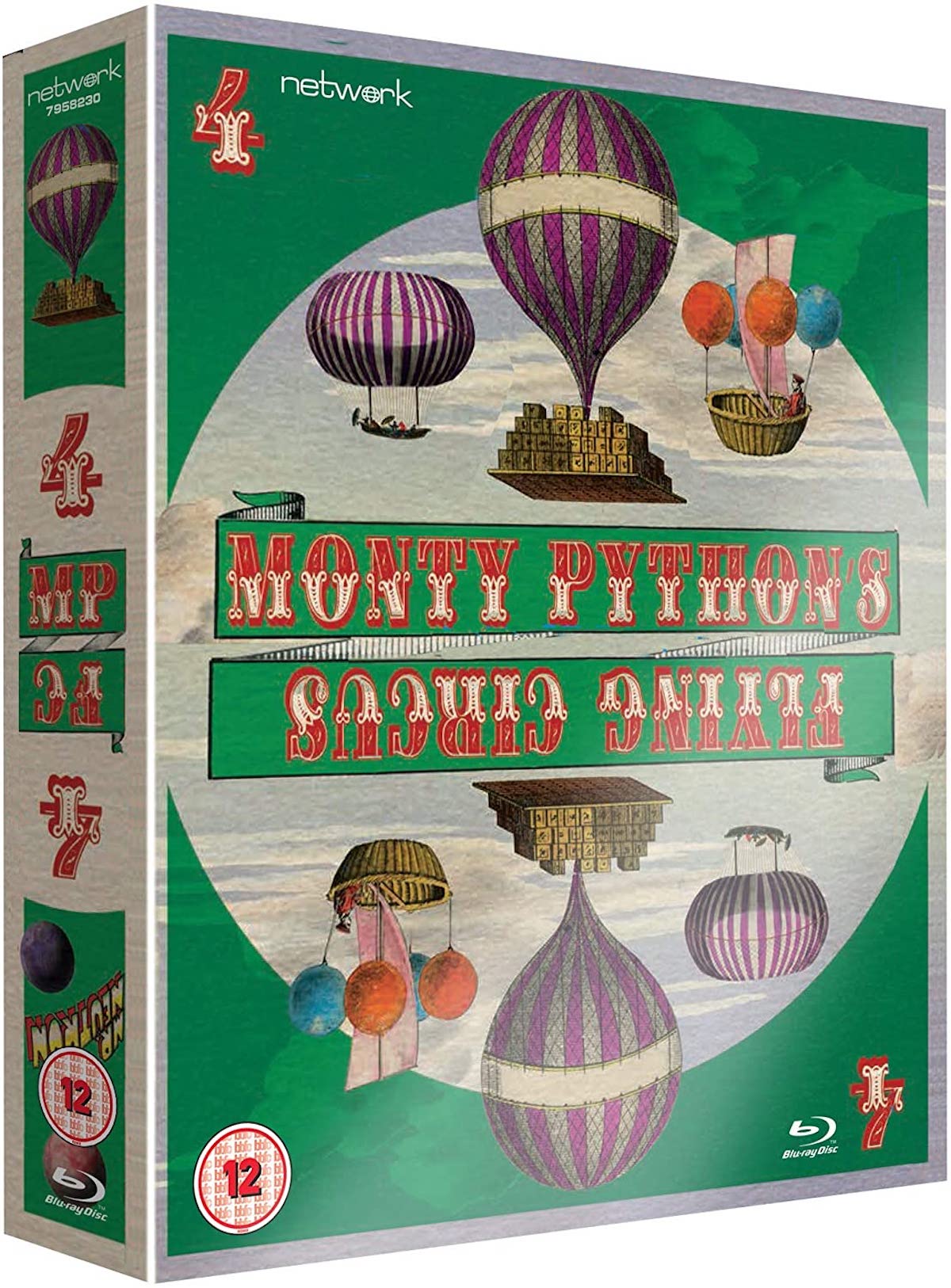


Breaking up is hard to do. When John Cleese left Monty Python’s Flying Circus (citing a lack of fresh ideas, how being part of the troupe ate up too much time, and having to deal with his writing partner Graham Chapman’s alcoholism), the gang didn’t actually split. Instead, the remaining Pythons released one last series in 1974, truncated to six episodes, that included some material written by Cleese —partly offcuts for their Monty Python and the Holy Grail (1975) screenplay, which Cleese was still interested in making because it posed a fresh challenge. His loss also resulted in them relying more on outside contributors (most famously ‘Seventh Python’ Neil Innes), and Terry Gilliam was included in more sketches.
Below you’ll find the concluding set of my episodic reviews of Network Distributing’s high-definition restorations of Monty Python’s Flying Circus (read the first, second, and third parts here)…

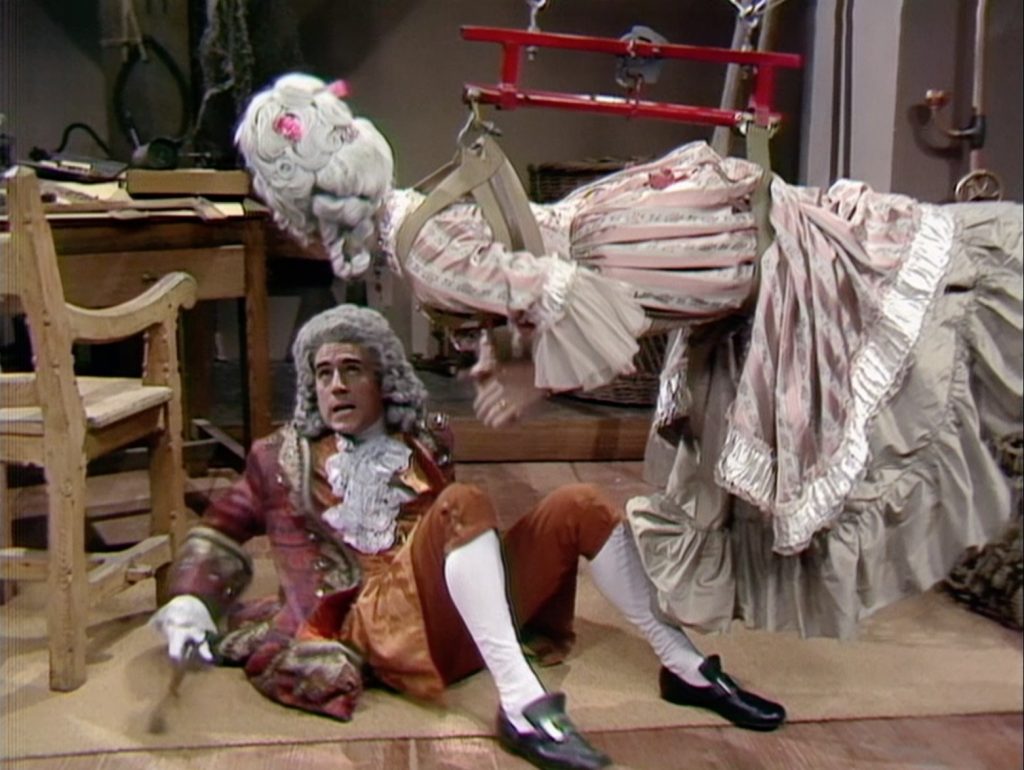
Michael Palin wrote the majority of this opening episode, and it’s not the best way to start a new series, particularly knowing scepticism would exist from those aware Cleese isn’t involved. Would Monty Python’s Flying Circus feel like its old self, with one-fifth of the team missing? Not to undersell Cleese’s contributions (as I know some consider him the ‘John Lennon’ to Palin’s ‘Paul McCartney’), but his absence could be easily managed with four remaining Pythons. But this episode just isn’t a good “relaunch” to soothe viewer anxieties, as it doesn’t even feel like an episode of Flying Circus at times — there’s no animated opening sequence with the Liberty Bell theme tune, and it’s another instalment that largely sticks to one idea all the way through. So if you don’t like that idea, it’ll gradually become tedious. Here, “The Golden Age of Ballooning” takes in French hot-air balloonists the Montgolfier Brothers (Terry Jones, Eric Idle) who are more interested in their personal hygiene, a “Louis XVI” (Palin) who is suspiciously Scottish in nature, and a “Zeppelin” sketch where passengers are pushed out of the airship to their deaths by wrongly calling the airship a balloon. I barely smiled, alas.
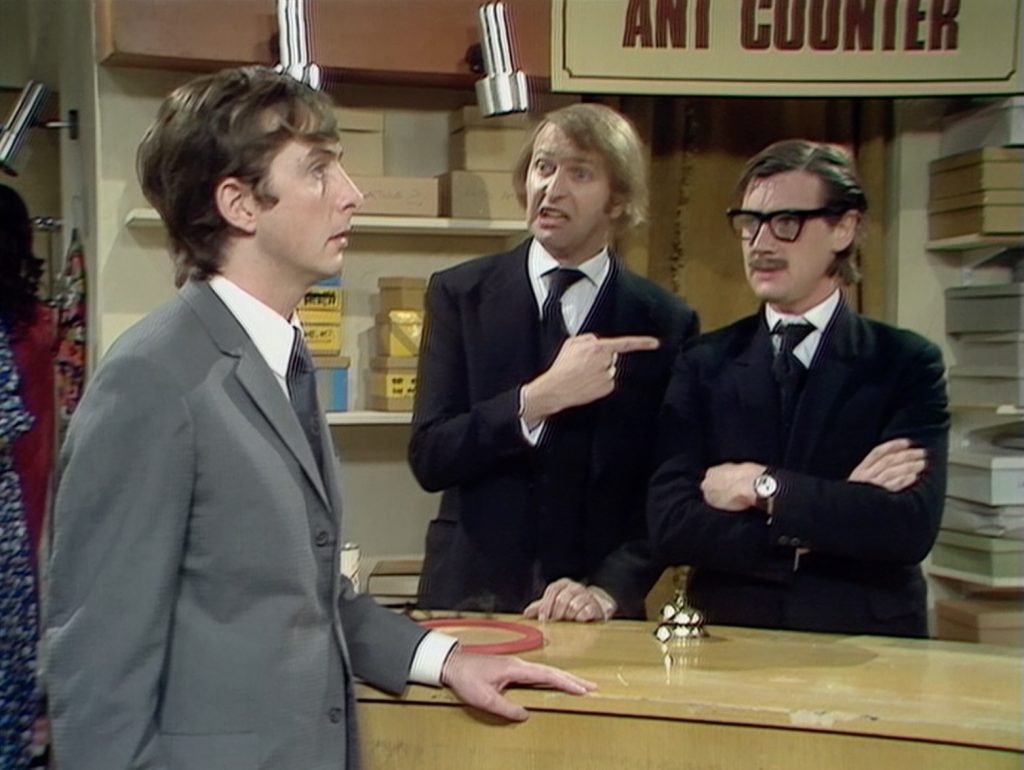
What’s notable about this episode is how it’s based on a script by the absent John Cleese and Graham Chapman, whose alcoholism was one reason he decided to stop doing the TV show. The central “Buying the Ant” sketch with a customer (Idle) trying to make this ridiculous purchase, is the nucleus of this entire episode, which is another instalment that continues one story into various sketch-like scenarios — like a “Documentary on Ants” where two human actors physically communicate like ants, to “Ant Poetry Reading” where Chapman plays a sozzled hostess. The episode also contains material written by Neil Innes, the so-called ‘Seventh Python’, who had contributed songs to their best-selling comedy records (1972’s Monty Python’s Previous Record and 1973’s The Monty Python Matching Tie and Handkerchief) and found himself being utilised frequently in this final TV series. Innes would continue to collaborate with the Python’s and appeared in their first two movies — he’s even the whistler on the recording of Life of Brian’s famous “Always Look on the Bright Side of Life”.
“Michael Ellis” is certainly more enjoyable than the dull premiere, but only just. The ludicrousness of buying an ant raises a smile (and Idle’s always great as nonplussed “normal people”), but it’s not dissimilar to other things the Python’s have done, and I’m not a fan of episodes that stick to one idea as a throughline. Flying Circus is at its best when it feels random and unpredictable, but there’s a feeling of routine that’s set in already. Even the experimental nature of the format (like rolling the end credits immediately after the opening credits) just feels like it was done because… well, why not? They haven’t done it before.
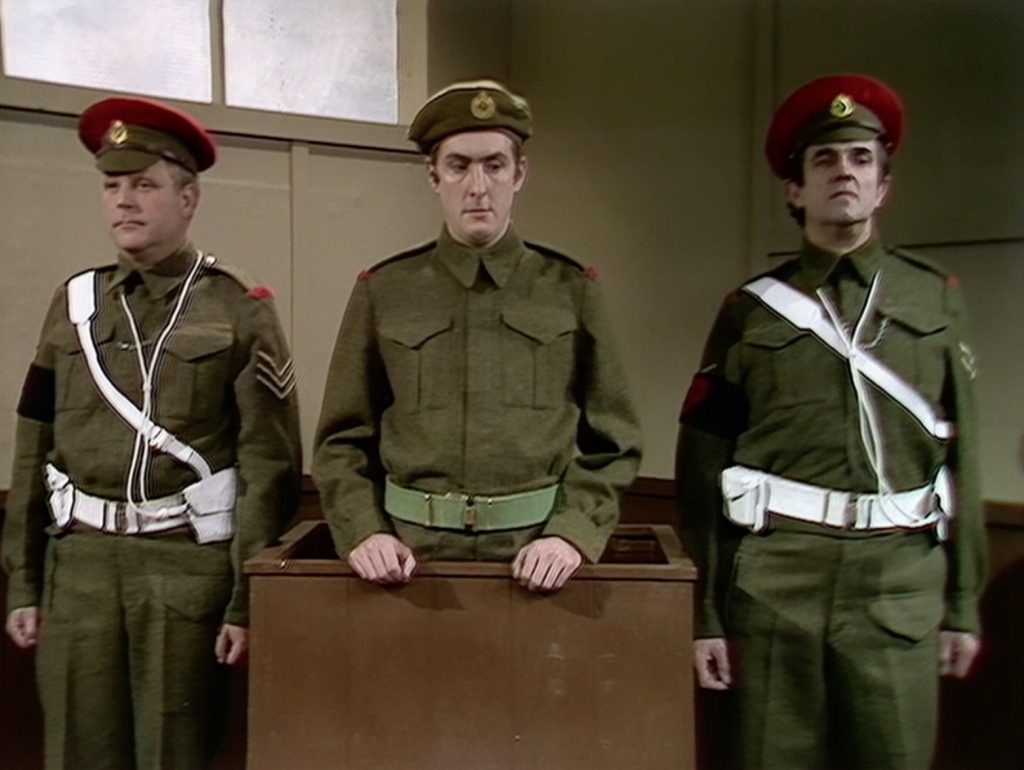
We’re back to a more familiar Flying Circus format here, with an eclectic mix of sketches, although they’re somewhat tied together by the theme of World War II. Unfortunately, there aren’t many hits amongst the misses. The best sketch is possibly the “Basingstoke in Westphalia” mix-up, and I appreciated the meta-comedy of two old ladies (Chapman, Jones) watching television and eventually the sketch show they’re appearing in. Nonsense about the entertainment value of watching televised motorway traffic, or three upper-class dimwits debating “woody” and “tinny” words might tickle your fancy, but there’s a feeling now that Flying Circus is almost a parody of itself. No sketch entirely works or doesn’t remind you of something better done before. A nice bit of trivia is the woman playing an RAF airwoman at the end for the “When Does a Dream Begin?” song is Maggie Weston, the Python’s make-up artist, who eventually married Terry Gilliam.
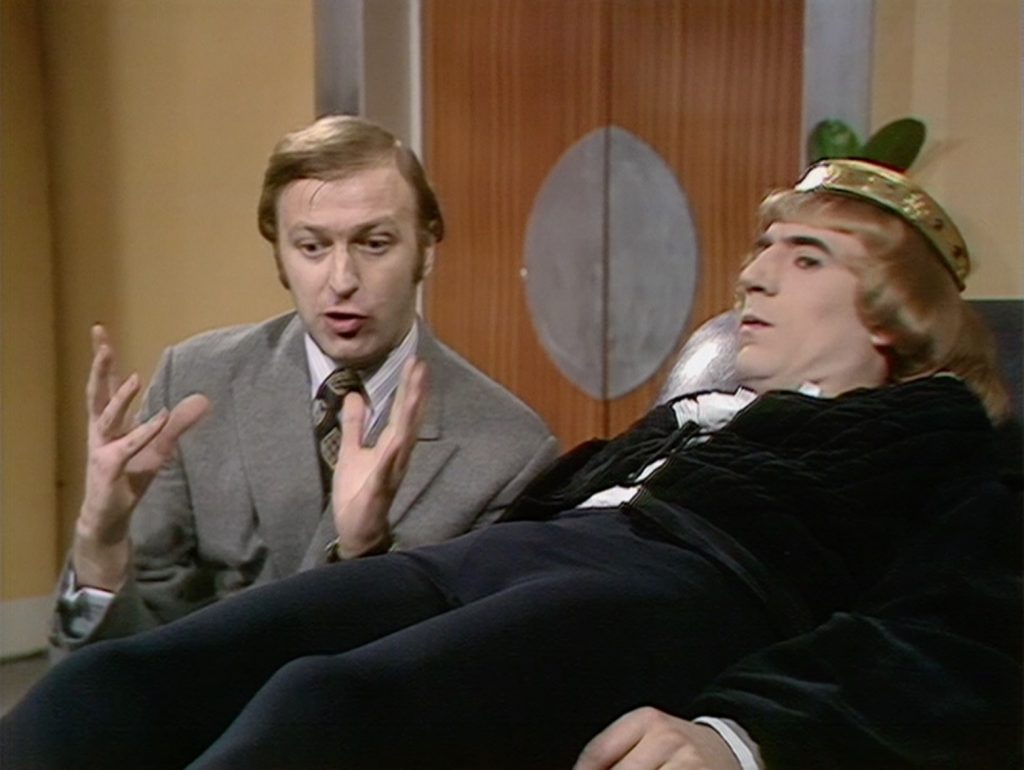
Finally, an episode that mostly worked! The “Bogus Psychiatrists” sketch started things on a high, as a procession of fraudulent doctors spoke to a depressed Hamlet (Jones) but can’t resist taking the conversation into a saucy area, although its pacey silliness was trampled on by the ensuing “Police Helmets” sketch, where Palin’s plod keeps breaking the law while talking to a bewildered Chapman on London Bridge. That sketch just kept going and going into tedium, possibly because the production wanted to make the use of the location shooting — as they seem to have been given permission to even stop passing city traffic?
The following “Father-in-Law” sketch restored the sense of fun, with Jones as a disgruntled man who has to share his bed with his girlfriend and her moustachioed father… but I think the funniest sketch is “Boxing Match Aftermath” with Palin as a boxing promoter whose ‘champ’ lost his head during a fight, but won’t let that small fact stop his plans. The climactic “Queen Victoria Handicap” was at least visually amusing, seeing people dressed as the old monarch behaving like racehorses, but the rest of this instalment was a little flat. The painfully bad “Pistol Engine (a Bargain)” sketch being a particular downer. But for the most part, “Hamlet” felt like an above-average episode of Flying Circus, which is cause for some celebration during a final series struggling to spark into life.
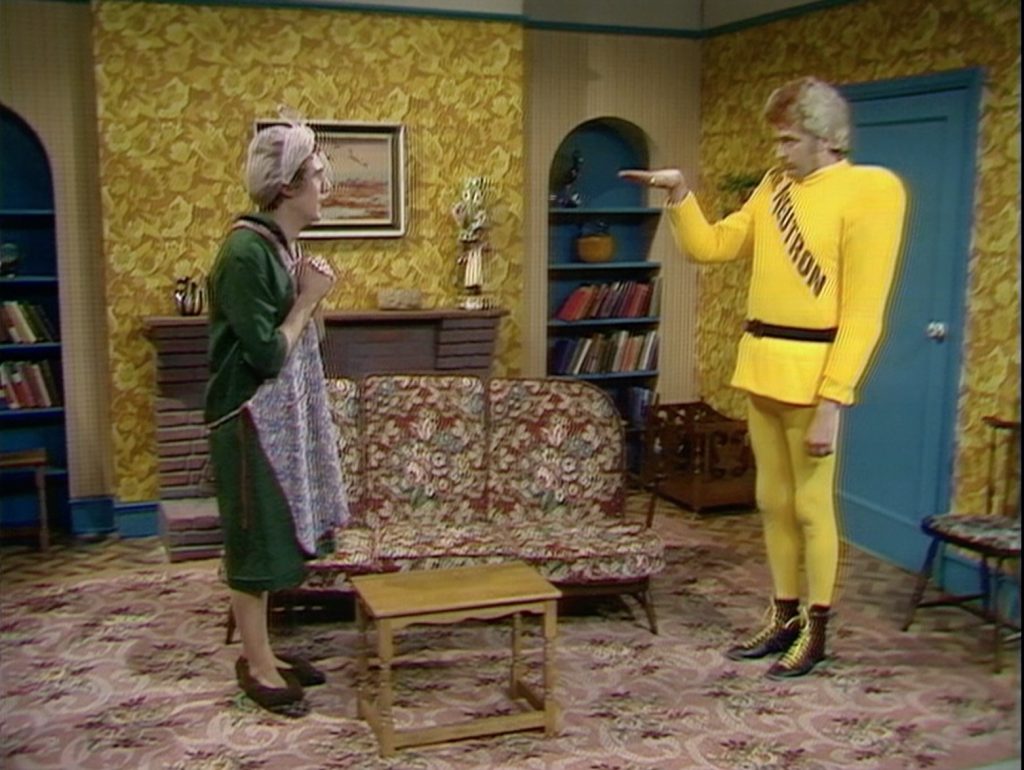
Another full-length plot holds this instalment together, the fourth in Flying Circus history — after “Them/Blancmange”, “Cycling Tour”, and “Michael Ellis). Around this time the Python’s were developing their screenplay for Holy Grail, so it’s clear long-form storytelling was on all their minds. And it’s arguably easier than having to think up a dozen unique ideas that are self-contained and loosely connected by bonkers animations. “Mr. Neutron” is actually my favourite of the four produced for the show (largely written by Palin and Jones), as it holds together better and there are enough amusing moments. It essentially revolves around gormless supervillain Mr Neutron (Chapman in yellow spandex and inflated upper-body) who’s living in quiet suburbia, adored by “Mrs S.C.U.M” (Jones), who unwittingly triggers a global panic. It doesn’t really go anywhere all that interesting or logical, of course, but the idea manages to sustain several sketches that are entertaining to watch — the best being Idle’s secret agent having to consult with a talking dog called “Teddy Salad”.
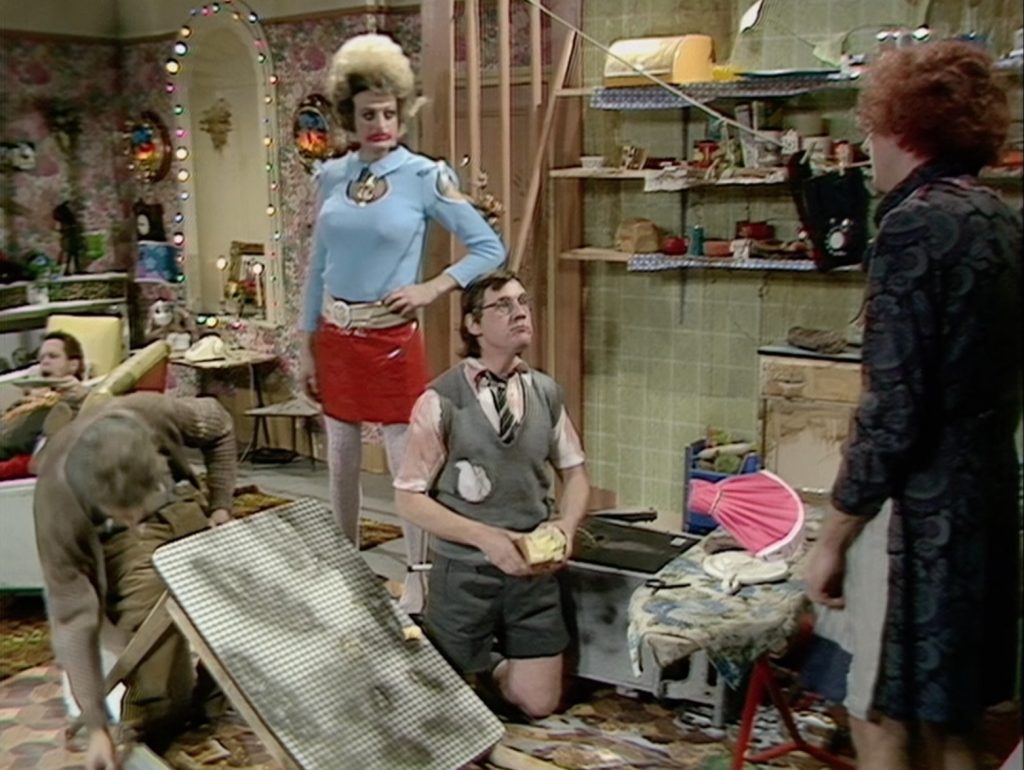
They saved the best ’till last. As the final episode of Monty Python’s Flying Circus, I’m relieved “Party Political Broadcast” didn’t end the entire series on a downer. This is a return to form, for the most part, buoyed by some genuinely good sketches — the best of which were all co-written by Graham Chapman, with the likes of Douglas Adams (pre-Hitchhiker’s Guide to the Galaxy) and Neil Innes. Maybe it’s a sign Python could have continued without Cleese for a little longer, now they’d started to find their feet by bringing in new writers to help? There’s a sense things had started to click here.
“The Most Awful Family in Britain” (by Chapman and Innes) kicks the episode off with a stream of amusing images, from Gilliam slurping baked beans off his grubby T-shirt, to Idle hanging a freshly-ironed cat on a clothesline. “Patient Abuse” returns to the show’s occasional dalliances with blood and guts (which the films leaned into more heavily due to fewer restrictions), with an uncaring and bureaucratic doctor (Chapman) confronted by a stabbed patient (Jones) pouring with blood. The studio audiences were howling over the image of Jones trying to fill in a form just to receive medical attention. Another bit of graphic violence appears in the “Batsmen of the Kalahari) sketch, where an African tribe compete in a game of cricket, with a quite beautifully done shot of batsman being decapitated by a fast bowl. (What sells it is how the dummy drops to its knees once the head comes off.) Altogether, this is the best episode of a lacklustre series, but a good way to bid adieu before the Pythons moved on to conquering film comedy.

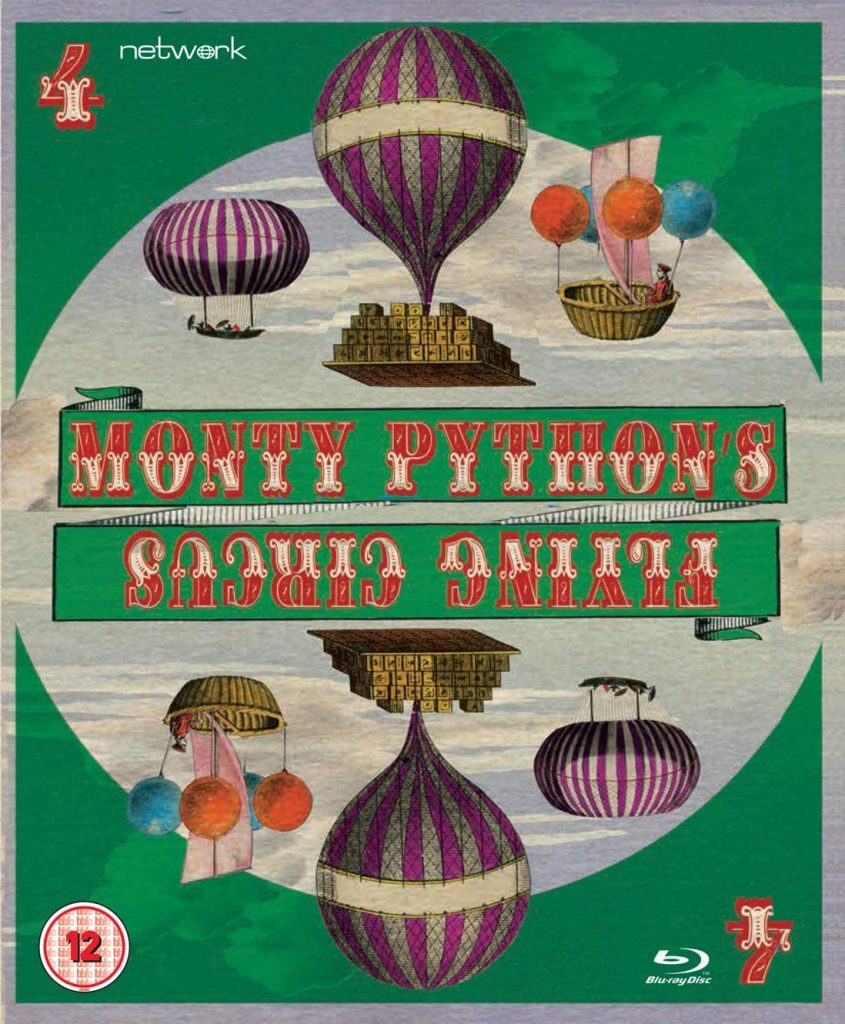
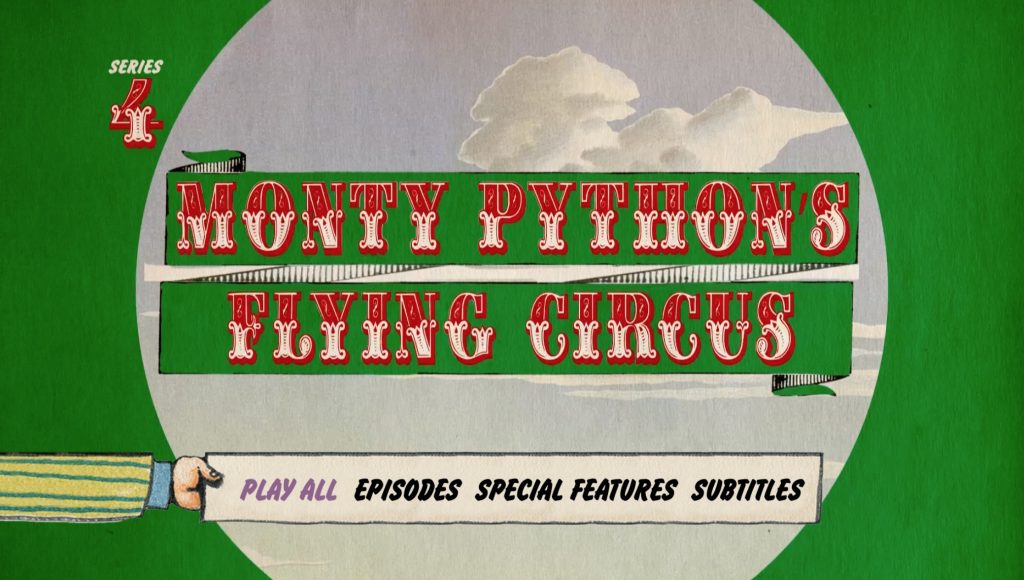
Series 4 of Monty Python’s Flying Circus is undoubtedly the worst creatively, but at least it looks the best. As the most recent series (despite now being 46 years old) and possibly as a result of greater investment by the BBC, as Python was now an established hit, the quality of the footage is slightly sharper and definitely more colourful. It just screams ‘the 1970s’ with its soupy greens and pale yellows.
The restoration of every series has been excellent, but there are times in Series 4 when even sketches filmed indoors seem to have been shot on 16mm film. However, the episode “Mr. Neutron” is notable for being the only instalment of the show where it wasn’t possible to remaster every scene, so some shots involving Eric Idle during the “Teddy Salad” and “Secretary of State and Prime Minister” sketches look noisier and softer. However, apart from those unfortunate holes in the project, Series 4 is the apex of Network Distributing’s audio-visual cleanup job.

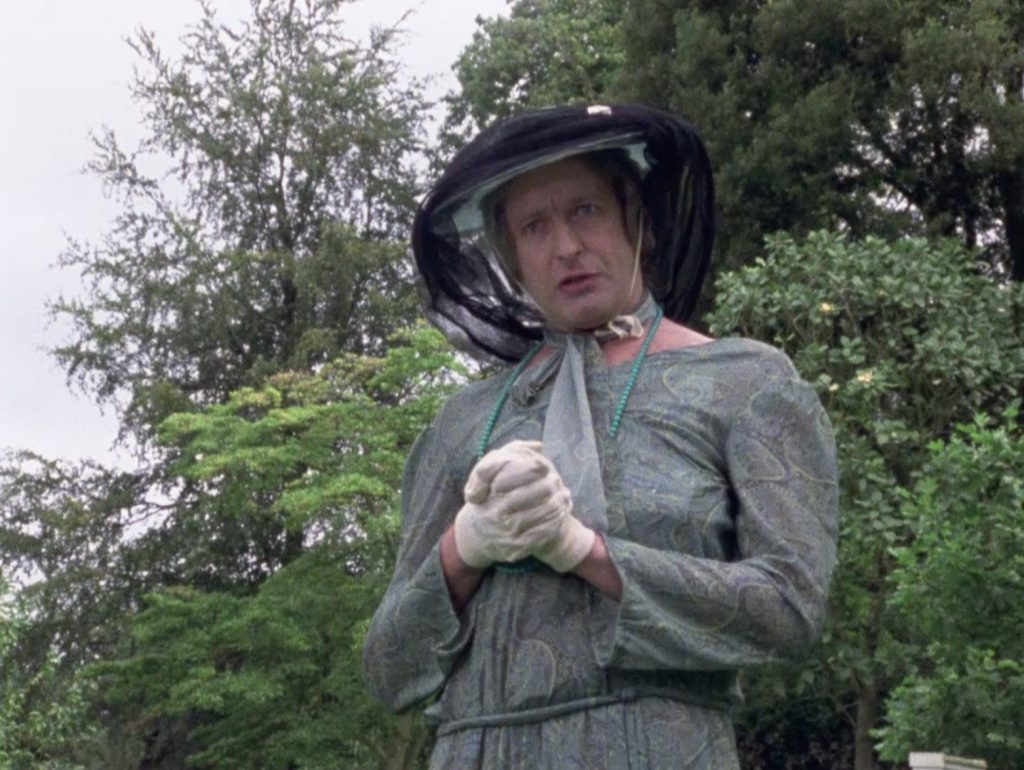
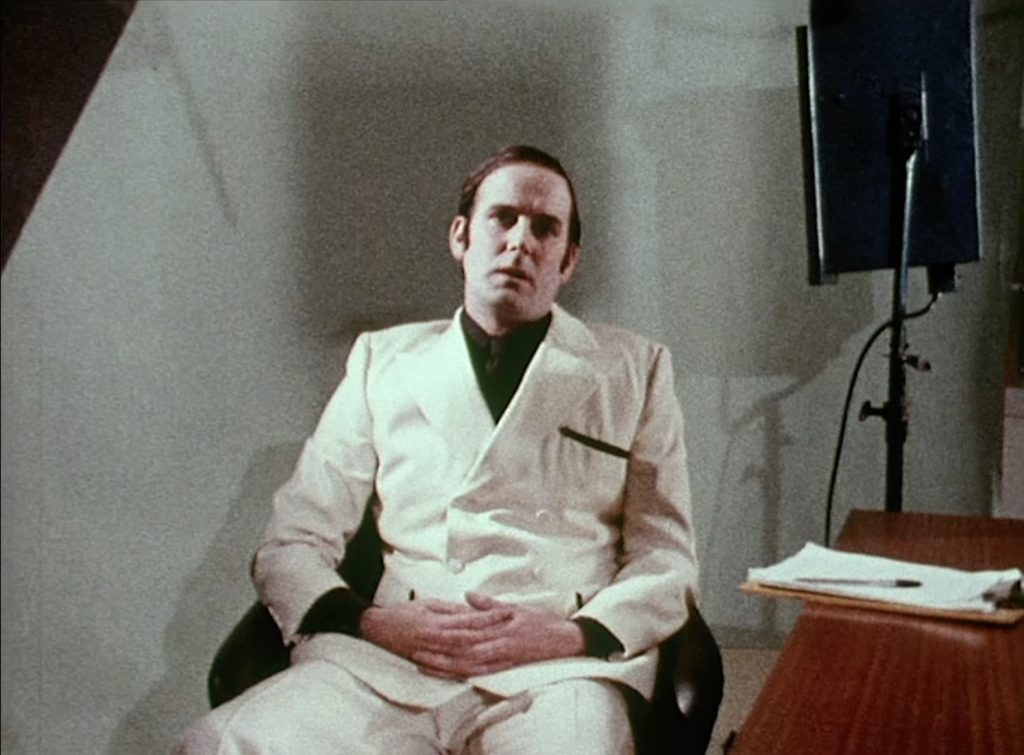
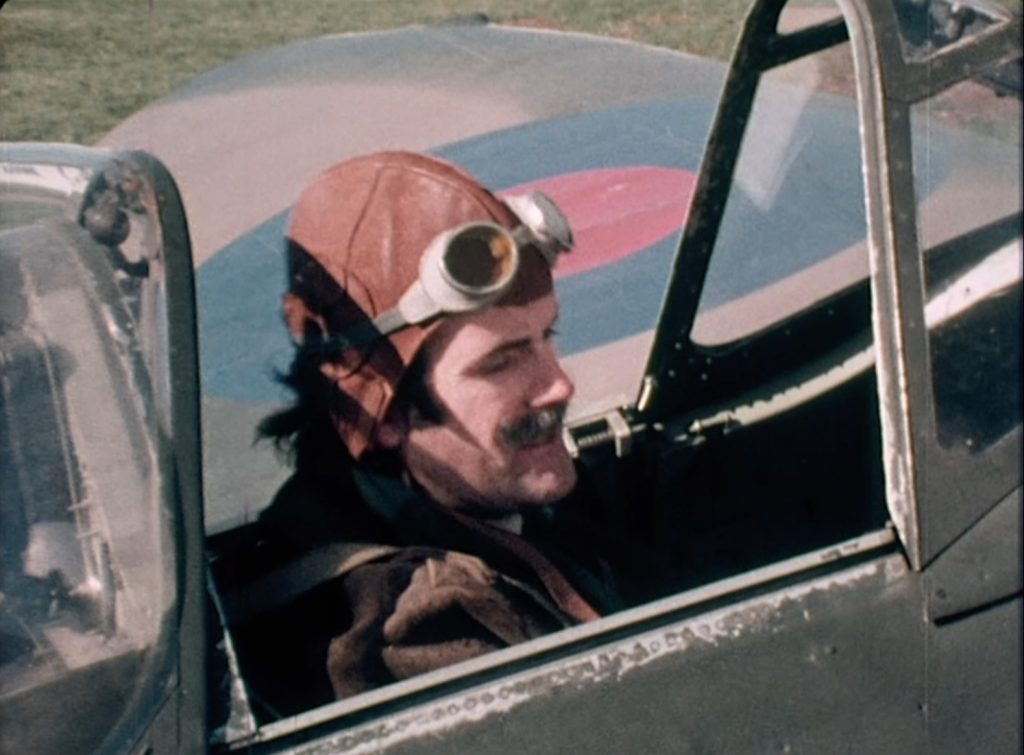
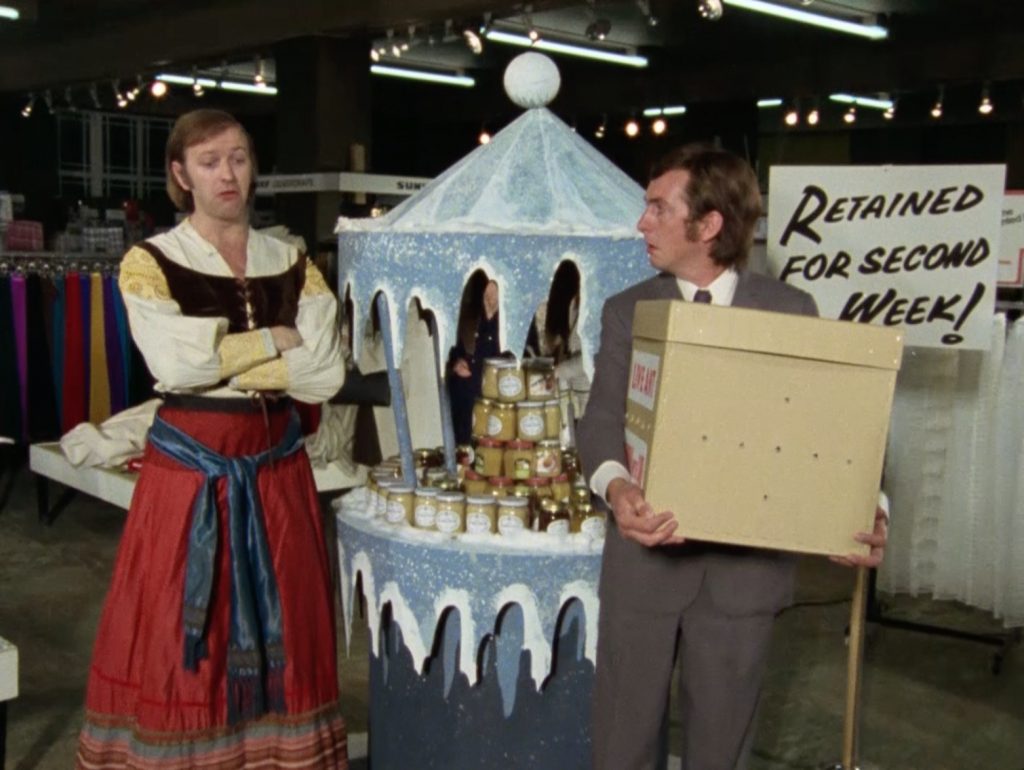
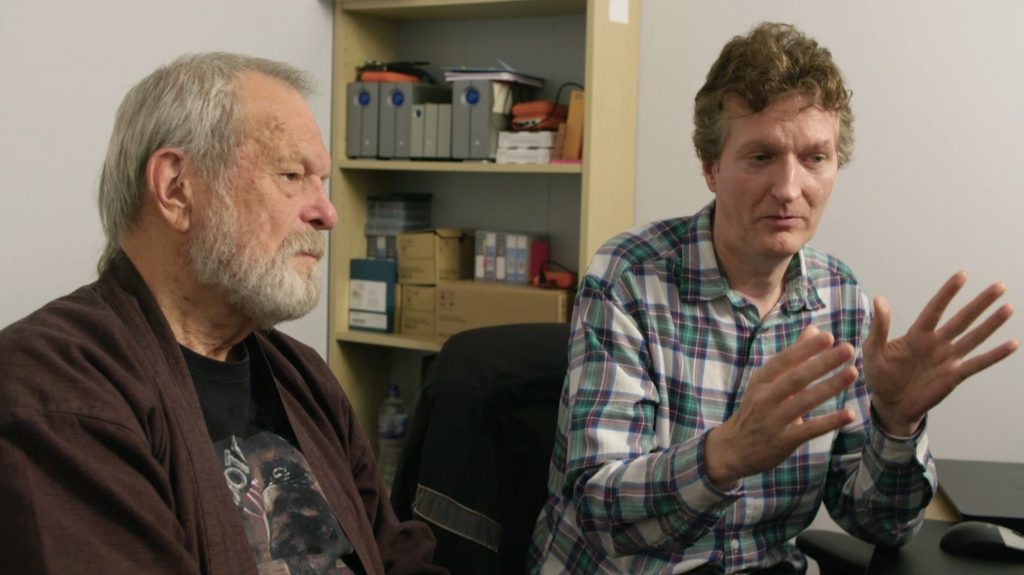
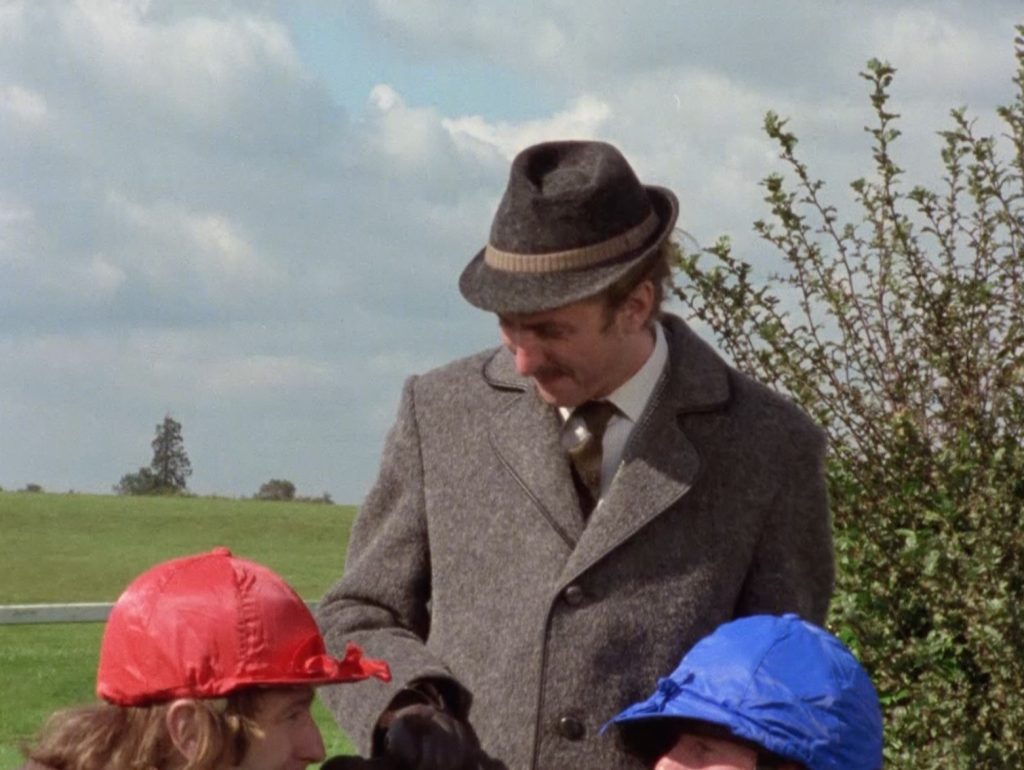
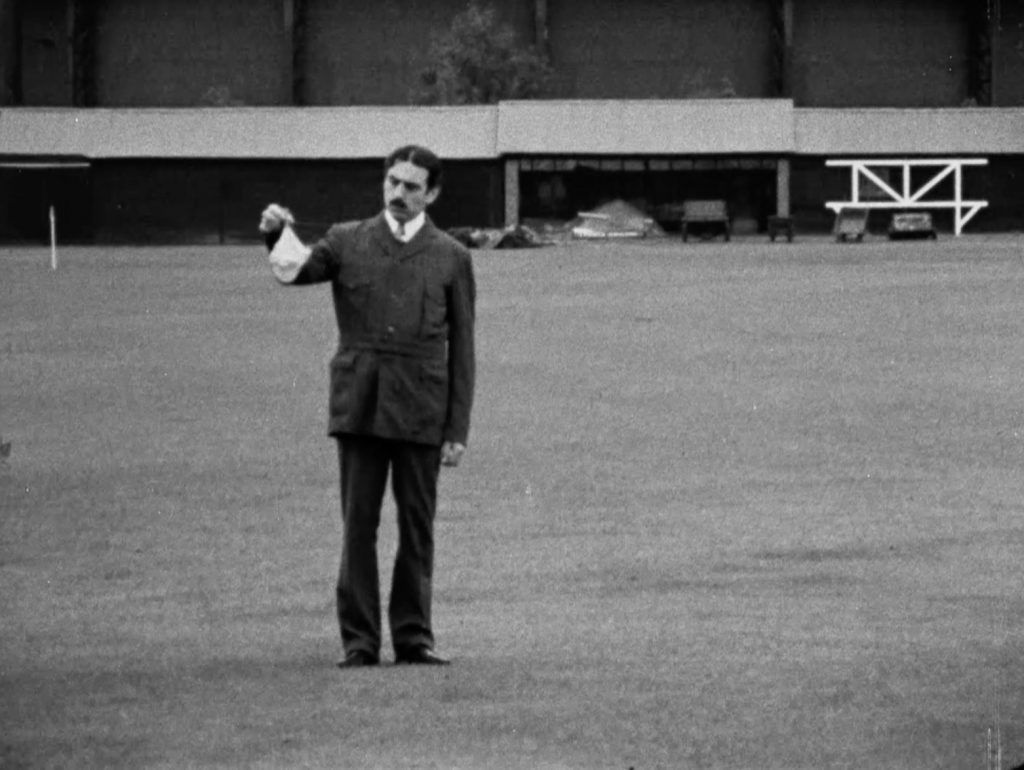
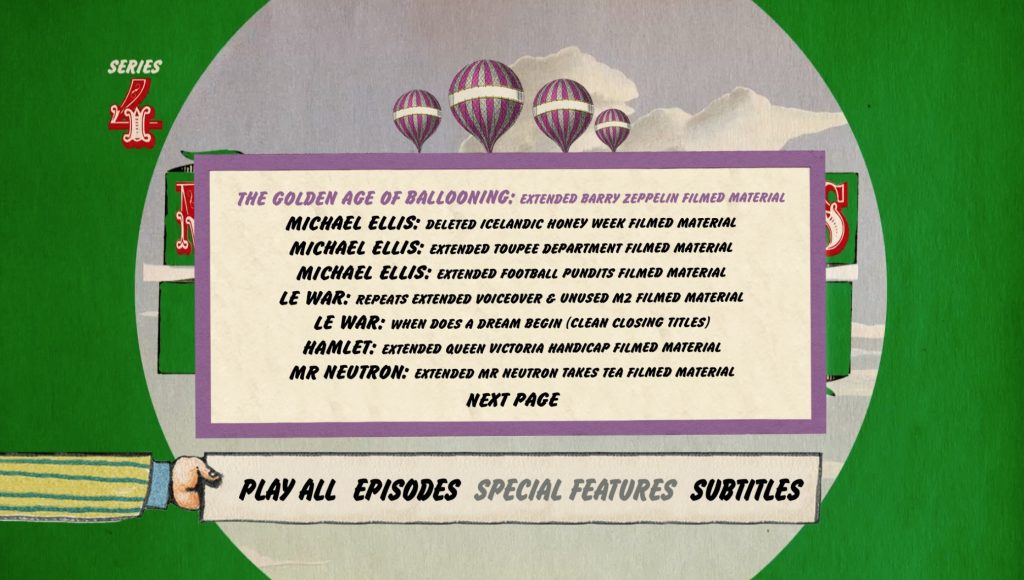
writers: Michael Palin, Terry Jones, Graham Chapman, Eric Idle, Terry Gilliam, Neil Innes & Douglas Adams.
director: Ian MacNaughton.
starring: Michael Palin, Terry Jones, Graham Chapman, Eric Idle, Terry Gilliam, Carol Cleveland & Connie Booth.
